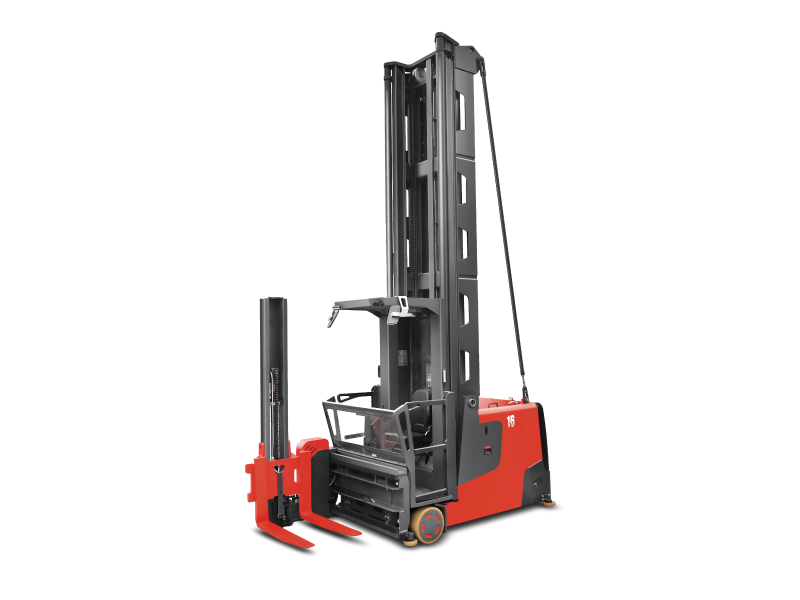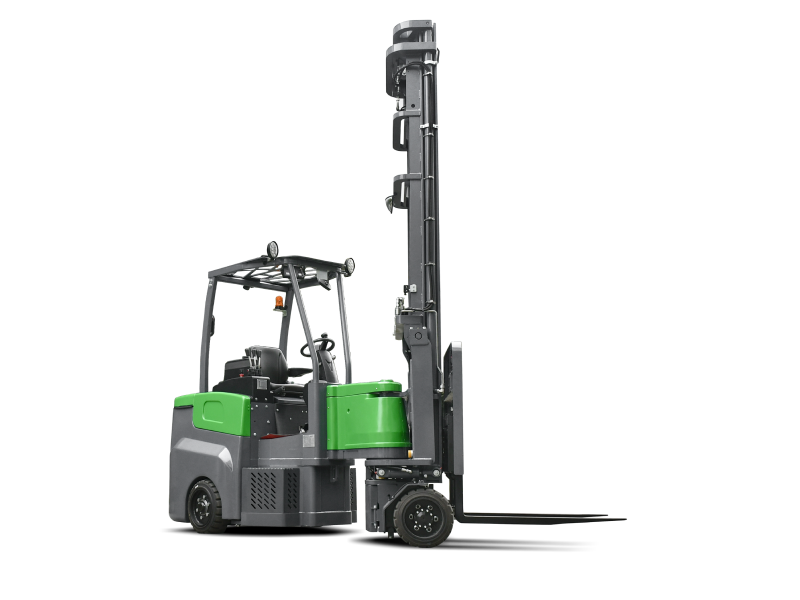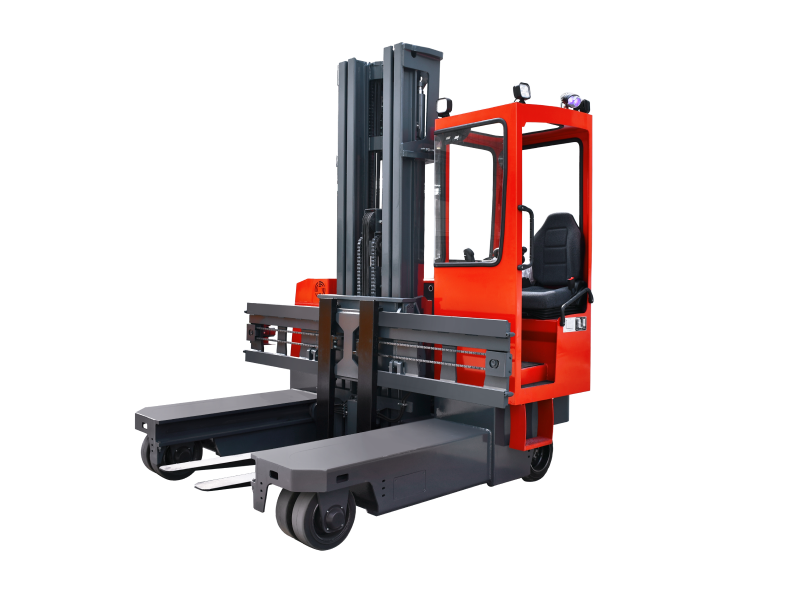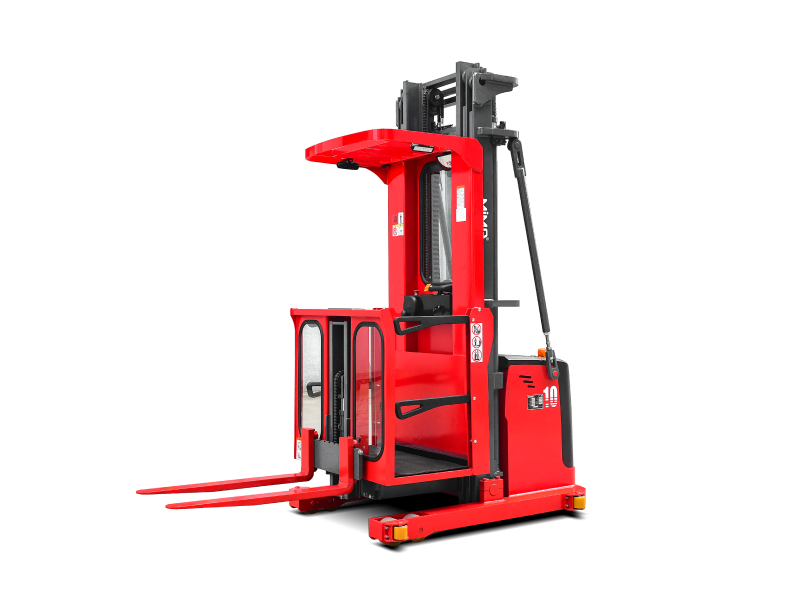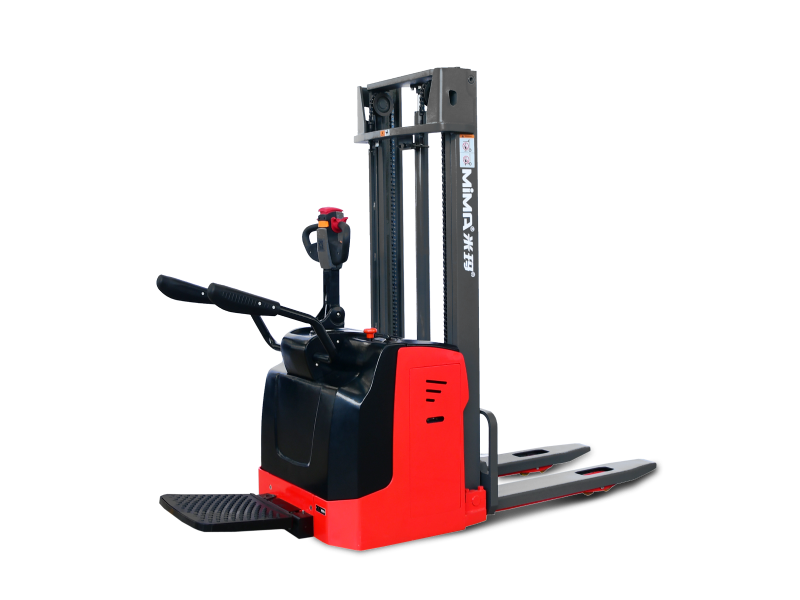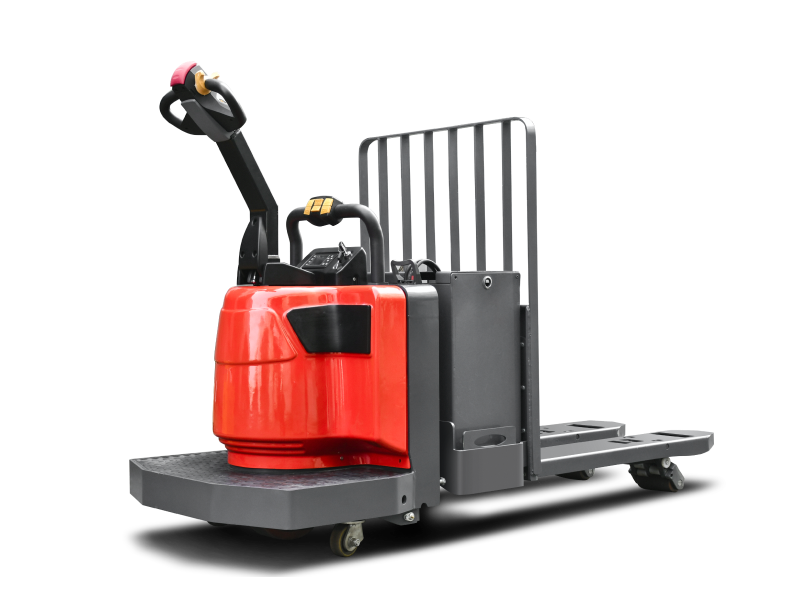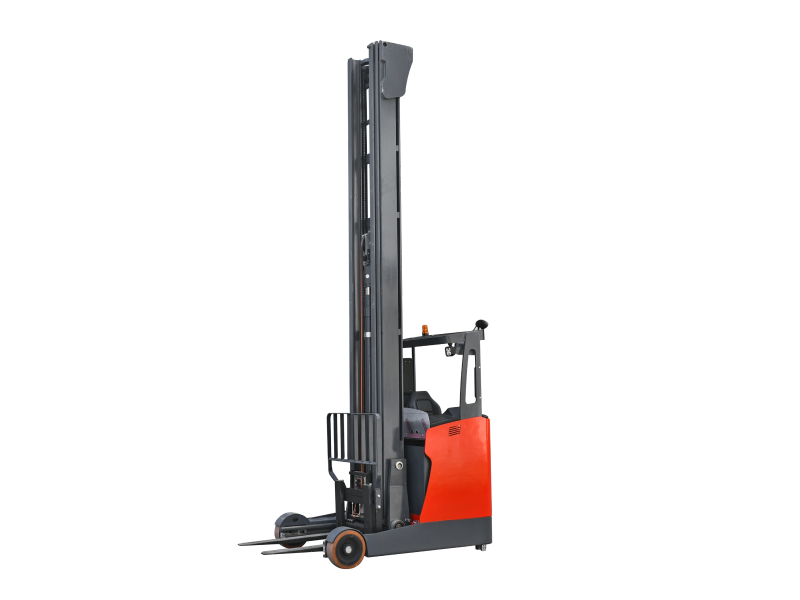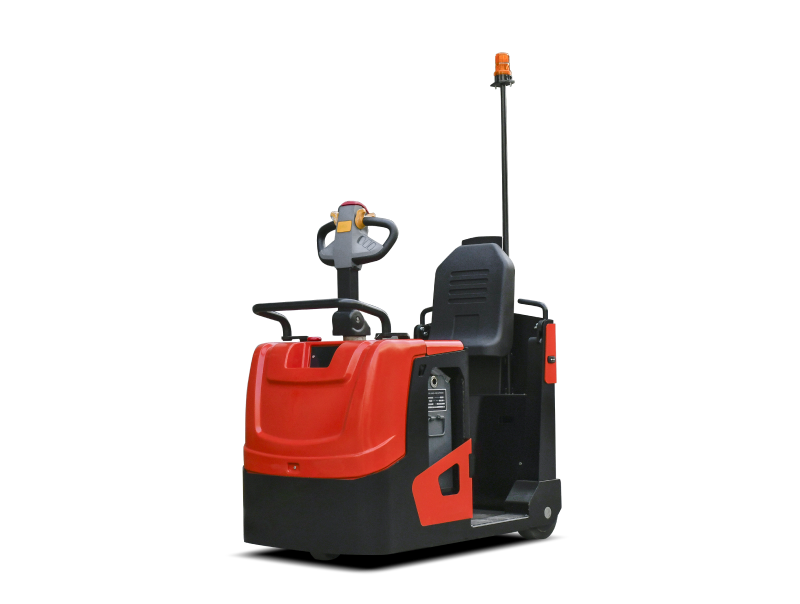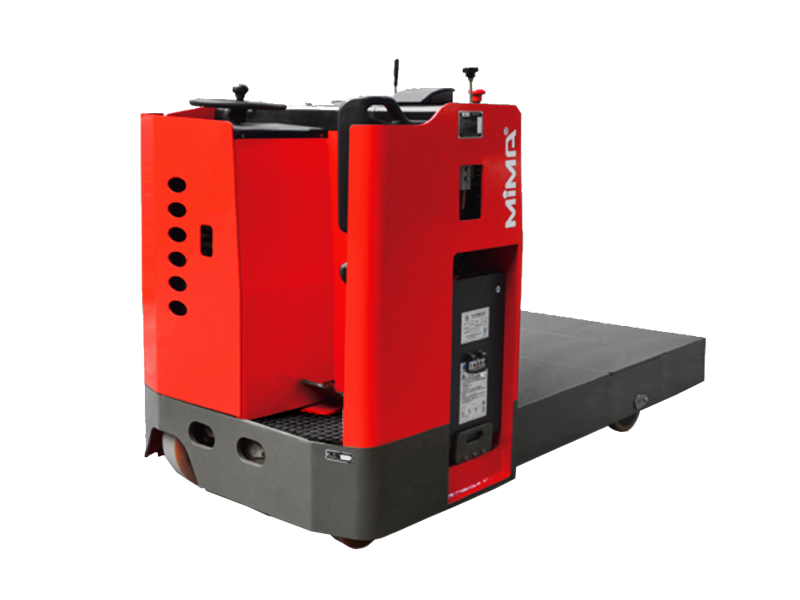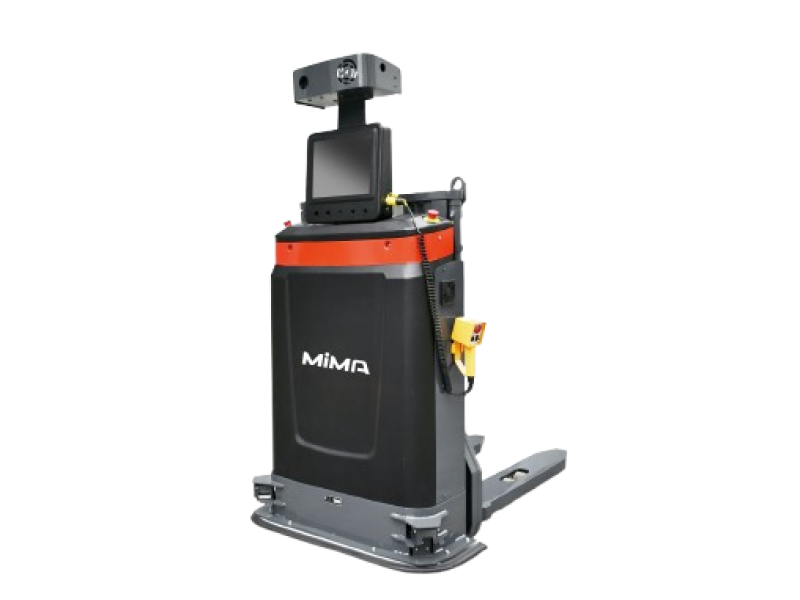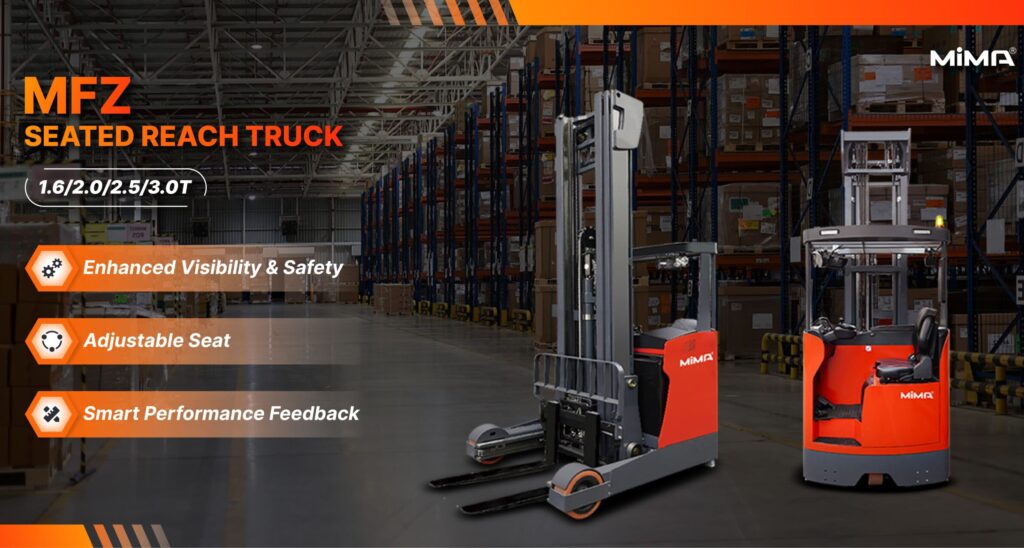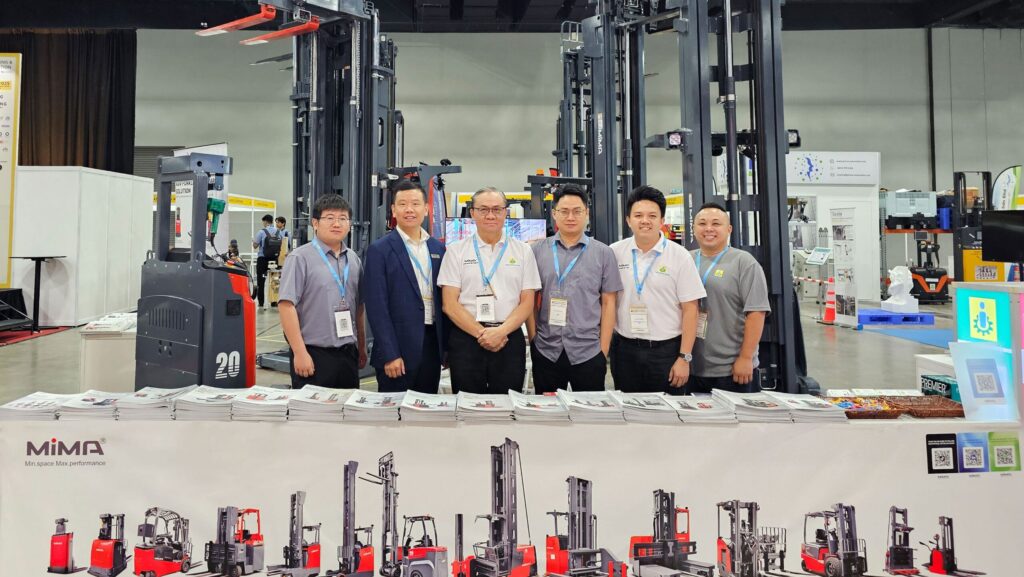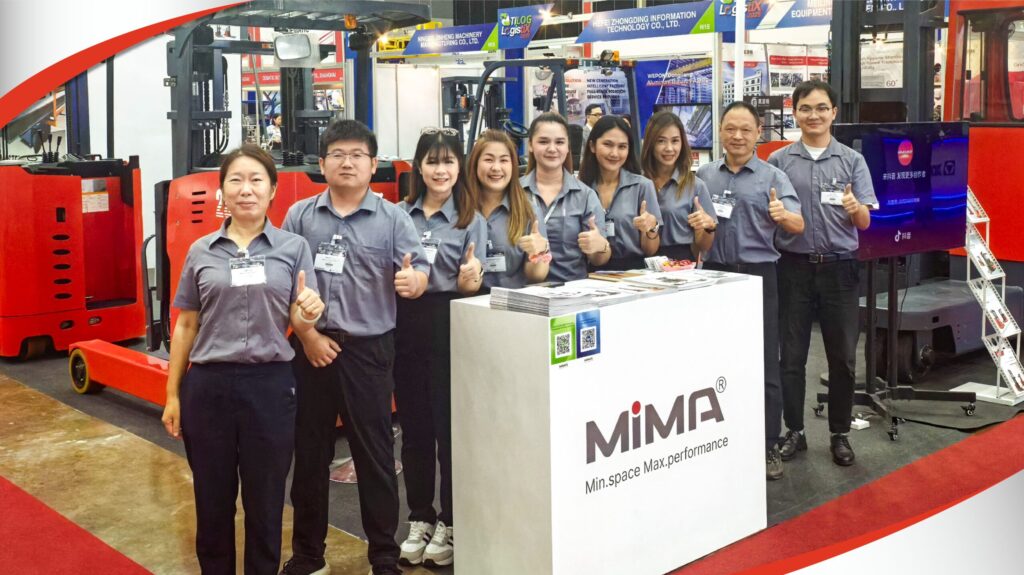If your business handles long and heavy materials—metal pipes, profiles, rebar, timber—you know how tricky it is to move them around in a tight warehouse.
You can’t just use a regular forklift. You need something smarter.
Many companies are now choosing between four-way forklifts and multi-directional forklifts. They sound similar, right?
But are they really the same?
1 First, what is a four-way forklift?
A four-way forklift is a special type of forklift can drive forward, backward, and also move sideways. That sideways movement is super helpful when you’re carrying long items like pipes or wood in narrow aisles. Instead of turning the whole forklift, you just slide it over.
Sounds great? It is—for many jobs.
But it has some limits.
2 What is a multi-directional forklift?
A multi-directional forklift is like a four-way forklift—but more advanced.
It can do everything a four-way forklift does, plus:
- Drive diagonally
- Right angle turning
- Rotate 360 degrees in place
- Move in any direction without turning the chassis
It’s super flexible. Think of it like this:
A four-way forklift is like a car that can go sideways.
A multi-directional forklift is more like a shopping cart—you can push it any way you want.

3 So, which one is better?
It depends on your needs. Let’s compare them point by point.
4 Mobility & Flexibility
- Four-way forklift: Good for straight-line moves—forward, backward, left, and right.
- Multi-directional forklift: Can move in any direction—even rotate in place.
If your warehouse has complex paths or tight corners, a multi-directional forklift saves time and space more.
5 Handling Long Materials
Both are designed for long loads. But when the load is longer than the aisle, a four-way might struggle.
- Four-way forklifts usually need more space to adjust when turning.
- Multi-directional forklifts can pick up a 10-meter steel beam and drive diagonally down a 2-meter aisle.
Especially when the load is longer than the aisle.
6 Turning Radius
Four-way forklifts need more room to turn around; the turning radius is usually around 2.5 meters.
Since multi-directional forklifts can rotate on the spot, the turning radius is nearly 0 meters.
As we all know, the turning radius influences the aisle width to a great extent. If you use a multi-directional forklift, the rack width can be as short as the length of the forklift, plus an appropriate safety distance.
This is a big advantage in tight indoor areas.
7 Technology & Controls
Four-way forklifts use more traditional steering with some added side movement. If you’ve used a regular forklift before, the driving experience feels familiar—just with an extra function that lets the forklift shift sideways when needed. It’s simple, and most operators can pick it up quickly.
Multi-directional models usually have electric drive, joystick controls, and advanced movement modes. So the movement feels smoother and more precise. Instead of a steering wheel, many use joystick controls, which give you much finer control over how and where the machine moves.
Multi-directional forklift, easier to control and more precise. Operators love it.
8 Maintenance
- Four-way forklift: Simpler structure = easier maintenance.
- Multi-directional forklift: More moving parts and smarter systems = may need more care.
If you have a good service team or local support, this isn’t a big deal. But it’s worth noting.
9 Cost & Value
- Four-way forklifts: Generally cheaper upfront.
- Multi-directional forklifts: Higher initial cost, but saves space, time, labor, and even rent long-term.
If you look beyond the price tag, it gives you better value.
10 What kind of businesses should use which?
Four-way forklifts are great for:
- Medium-sized warehouses
- Moderate aisle widths (3–4 meters)
- Simple long-load handling (wood, pipe, panel)
Multi-directional forklifts are better for:
- Narrow aisle warehouses (as tight as 2 meters)
- High-value or long cargo (steel, rebar, extrusion)
- High-rack storage
- Fast-paced environments where efficiency matters
11 Is a multi-directional forklift really the “next level” ?
Yes. You could say a multi-directional forklift is an upgraded version of the four-way forklift.
Why?
Because:
- It can do everything the four-way can do—and more.
- It saves more aisle space.
- It boosts loading speed.
- It reduces damage during tight turns.
- It handles more complex paths with ease.
12 What do real users say?
A warehouse manager at a steel processing center said:
“We used four-way forklifts for years. But after switching to multi-directional, we cut down our handling time by 30%. And we didn’t need to expand the warehouse.”
A distributor in Europe added:
“Clients love it. It helps them store more products in the same space. I make a better margin, and they’re happy too.”
If you’re choosing between a four-way forklift and a multi-directional forklift, here’s the bottom line:
- Go four-way if your warehouse is simple, your loads aren’t too long, and your aisles are wide.
- Go multi-directional if you want the best performance, tight-space navigation, and a future-proof solution.
Yes, a multi-directional forklift costs more at first. But it saves more in the long run. If you want to know more about multi-directional forklifts, this article can help you:
Still not sure? Contact a trusted forklift manufacturer or dealer. They can help assess your space and recommend the right model.
The right forklift isn’t just a machine, it’s a solution to your biggest warehouse challenges.



